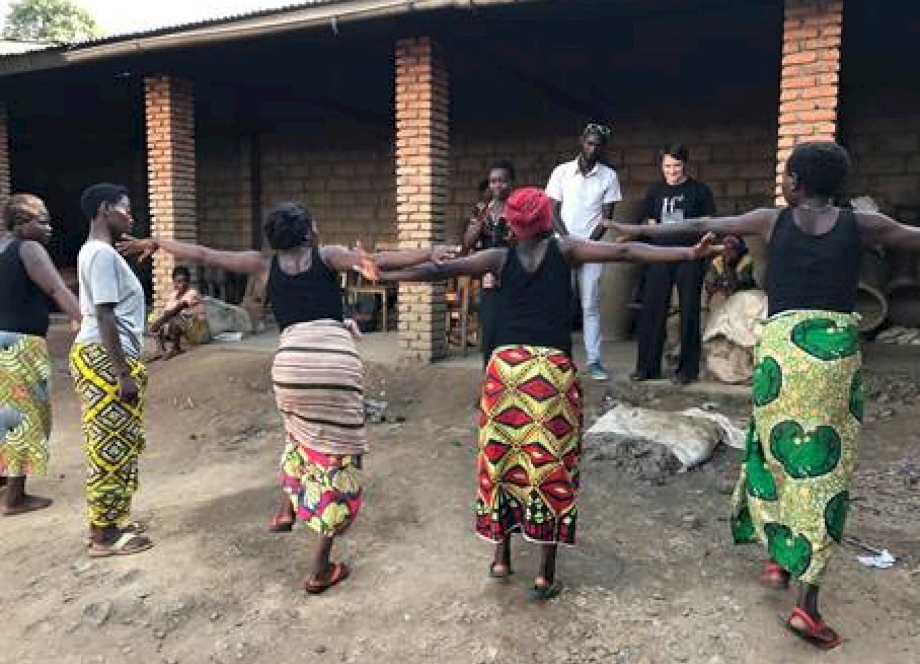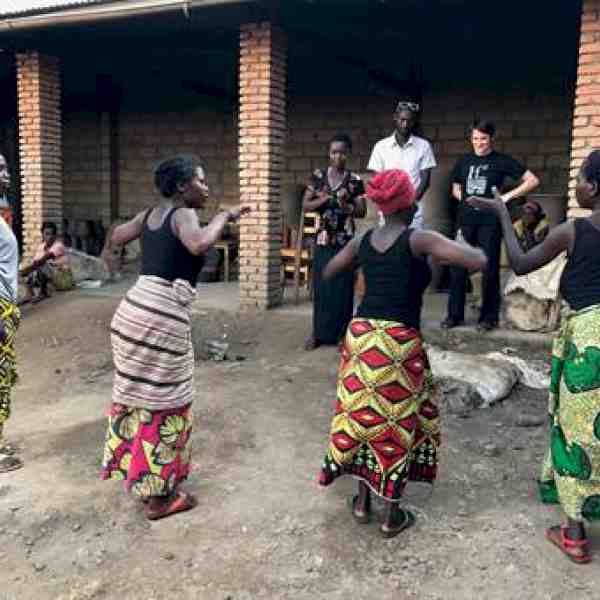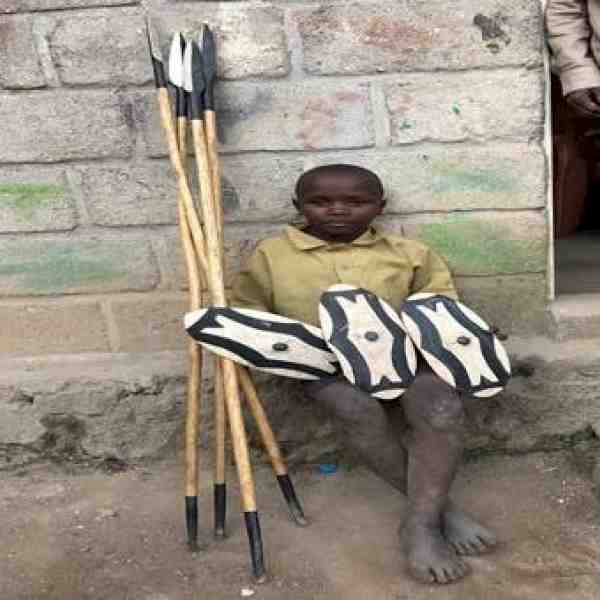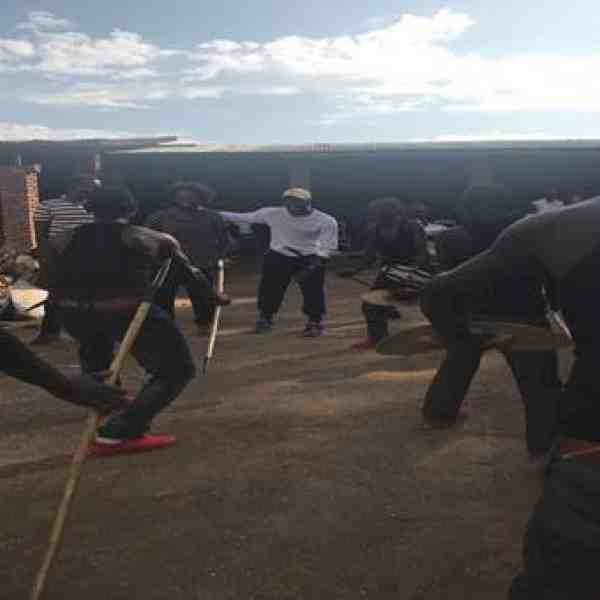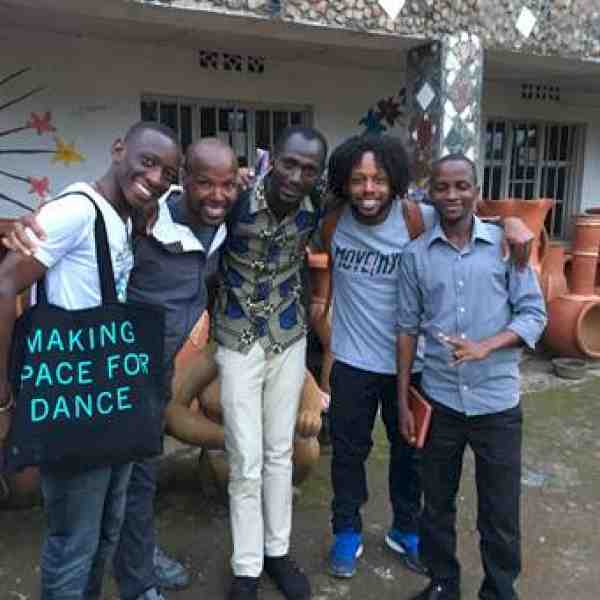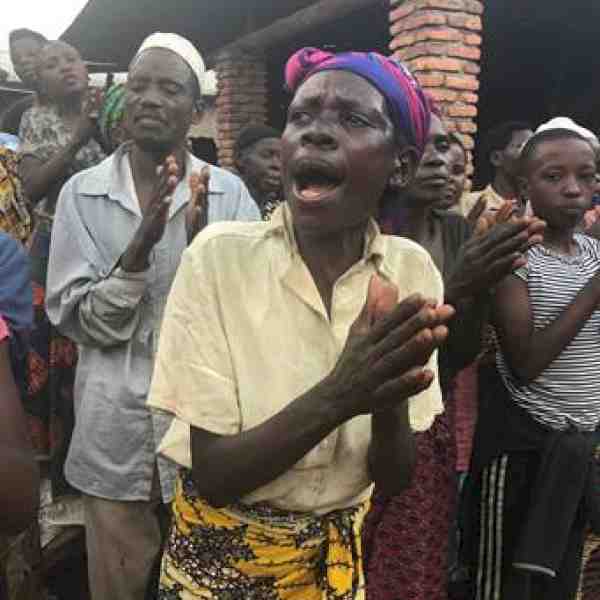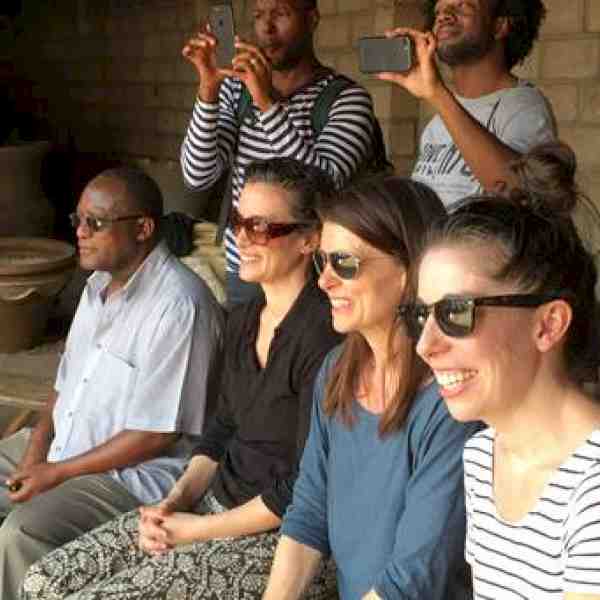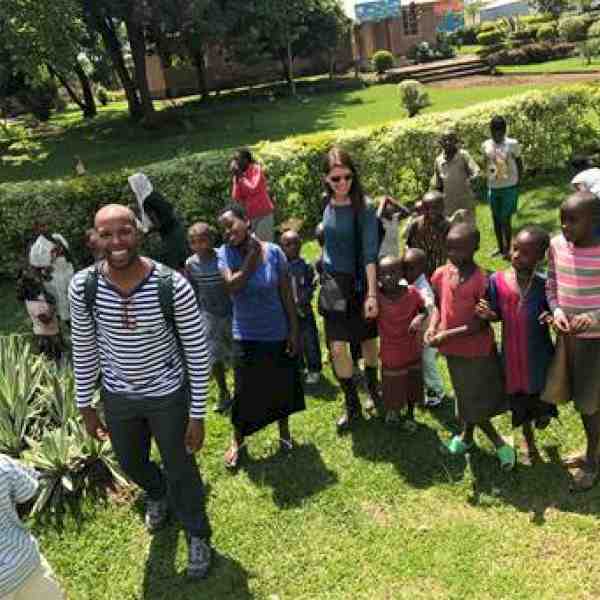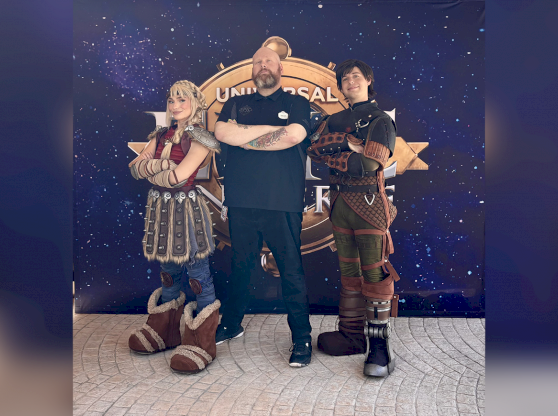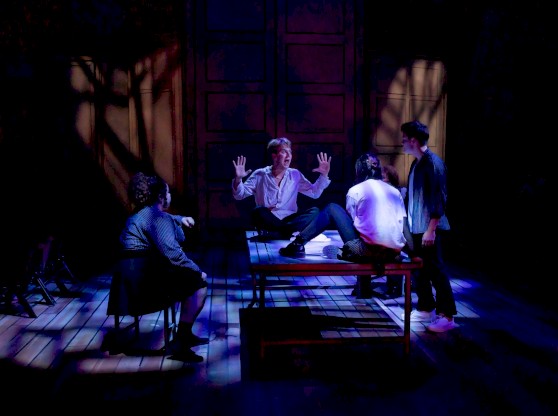Last month, two faculty members from the University of Florida College of the Arts traveled to Rwanda. There, they worked with a community of people of Batwa descent, who are talented dancers and potters, but suffer from extreme discrimination that results in poverty, poor health and limited opportunity. “Batwa” translates to “those that history left behind.”
The project was developed by UF’s Center for Arts in Medicine director, Jill Sonke. When the Center was in Western Rwanda in 2010, working on an arts and health project in a neighboring village, the Batwa community asked them for help. They wanted to use their art to become more visible, and create better circumstances for themselves and all of the Batwa of Rwanda
The Center started working with the community in 2011, helping them to develop dance and pottery cooperatives. The pottery cooperative was immediately successful, but the dance cooperative, called Itorero Amahoro (Troupe Peace), struggled. When Sonke visited the community again in 2015, they asked her to come back to help the dance troupe make the next leap. So, she gathered a team of five professional dancers, including UF Dance faculty member Trent D. Williams, Jr., to go on the journey in December, 2016.
Williams jumped at the opportunity to travel to Rwanda because he felt it was a chance to go back to his roots as an African-American.
When they arrived in the village, the community performed a greeting. According to Sonke, the celebration through music and dance happens every time she visits.
“I’ve never felt more welcome into a space than in that moment,” Williams recalled.
Many of the team members cried at the greeting. There was a feeling that the Rwandans really wanted them to be there because their presence was needed.
In order to help the Batwa community achieve their goal and overcome their circumstances of severe discrimination, the team began its plan for empowering the troupe as professional dancers and leaders.
First, they helped the dancers heighten their technique and performance skills. Williams noticed their dance etiquette was entirely different from what he experiences as a dancer in the United States. They had a different style of movement, timing and spatial relationships. They even prepared differently for performances.
Williams also found that his experiences teaching in Rwanda could be applied to teaching dance at UF.
“We all dance in our own style, and we all come with our own language before we enter a space,” he said.
Next, they helped the troupe refine their repertoire and even introduced them to some new contemporary styles, as one of their goals was to get an edge in the dance market by presenting some contemporary work.
“There were a number of moments when the dancers realized how well they were doing and realized their potential for success,” Sonke said.
One of those moments was when a short video posted online by one of the team members went viral. Over 118,000 people viewed it, and the team was able to show the dance troupe that the world was watching them and that their dancing was inspiring people.
The final step was to truly professionalize Itorero Amahoro by outlining a business plan, including artistic, business management and marketing structures. The Center for Arts in Medicine connected the troupe with a new national resource: the Rwanda Arts Initiative, a national arts organization based in Kigali. They brought the director over to the Rugerero area, and she taught a workshop where she helped them develop a business plan and shared marketing resources.
While the trip was extremely successful for the community and the team alike, Sonke recalled that they did face some obstacles, including a lack of sufficient nourishment among the dancers.
The lack of nutrition prevented them from performing to their best ability. The team needed to figure out a way that was culturally appropriate to bring in food to improve the community’s nutrition.
Since Sonke had seen this issue come up before, she was able to quickly develop a plan for bringing bananas, meat and water for the dancers every day, and at the beginning they gave the family of each dancer a sufficient amount of rice and beans.
One of the community members was the first child in Gisenyi to finish school and go to college, but he hadn’t graduated because he did not have enough money to pay his final examination fee.
The Center hired him as their translator, and he was able to pay the fee. With that extra help, the boy will now become the first person in the community to finish college.
Sonke found it meaningful that the community was able to articulate how much the pottery and dance cooperatives have improved their quality of life. They are now able to sell their work and work as a community to change their economy, health and overall opportunities.
“The arts really can transform people and communities,” Sonke said. “Art is good for our health individually but can also impact entire communities.”
The power of the arts to create change is limitless and Sonke wants her students to understand that.
Sonke plans to return to Rwanda again with another team of students and faculty, and they will continue to work with the Itorero Amahoro dancers. The community is interested in developing contemporary work and creating a unique repertoire that can radically change the way people view the Batwa of Rwanda.
